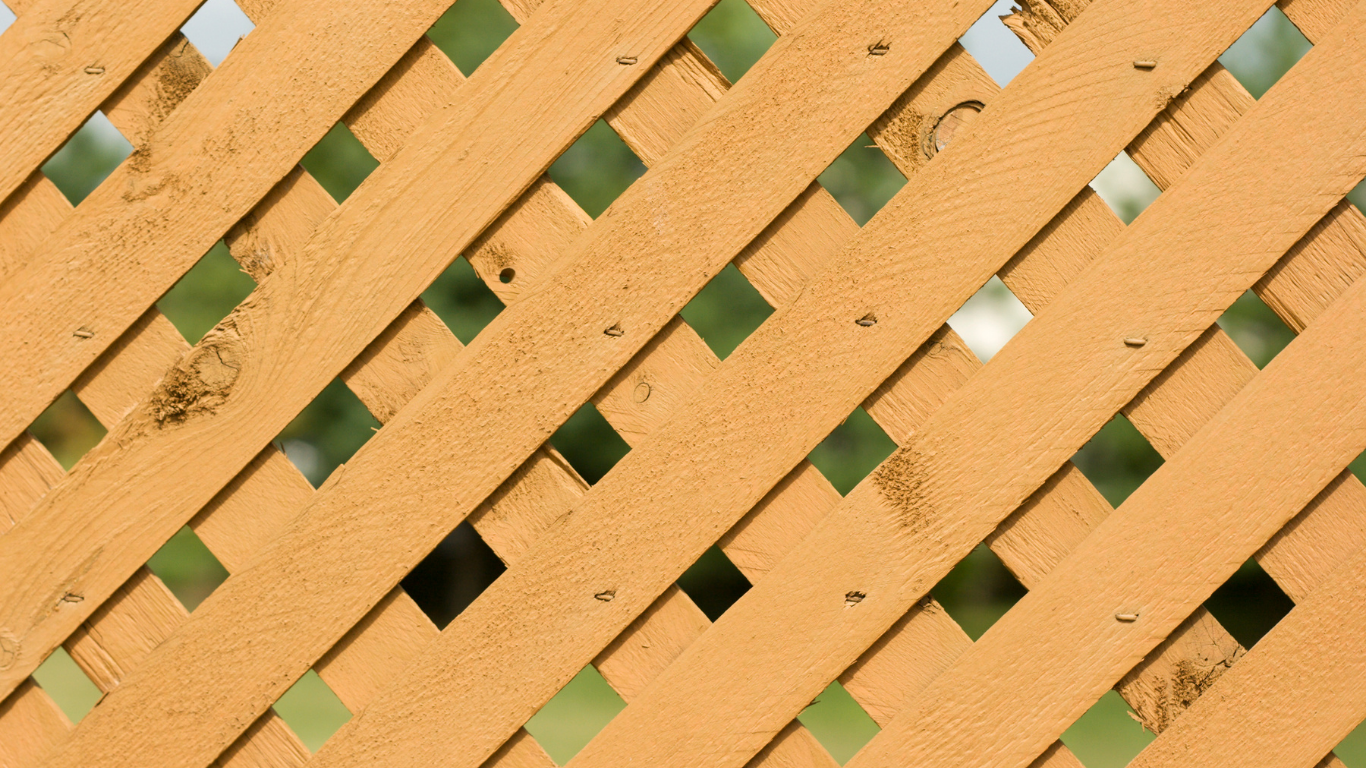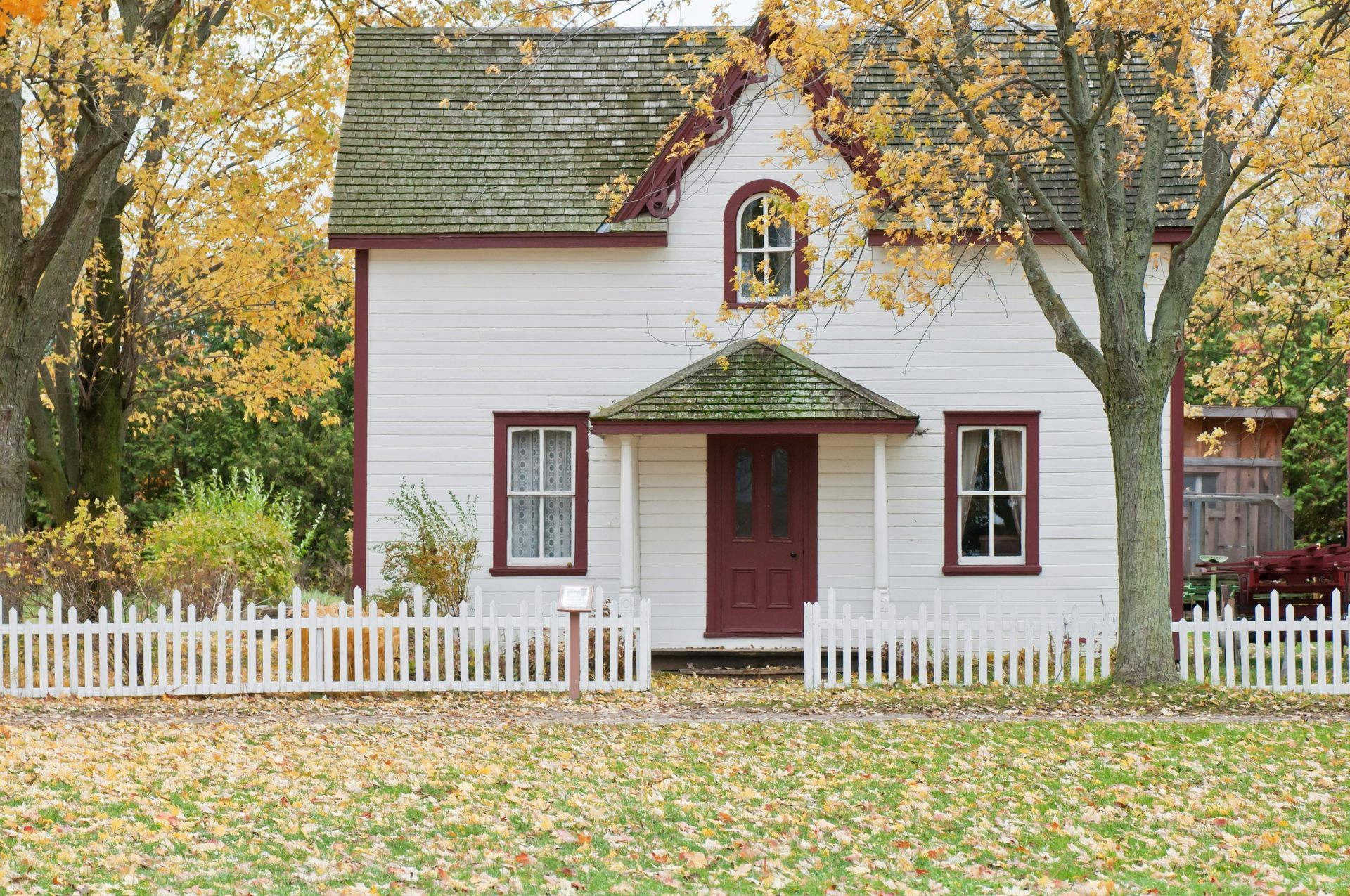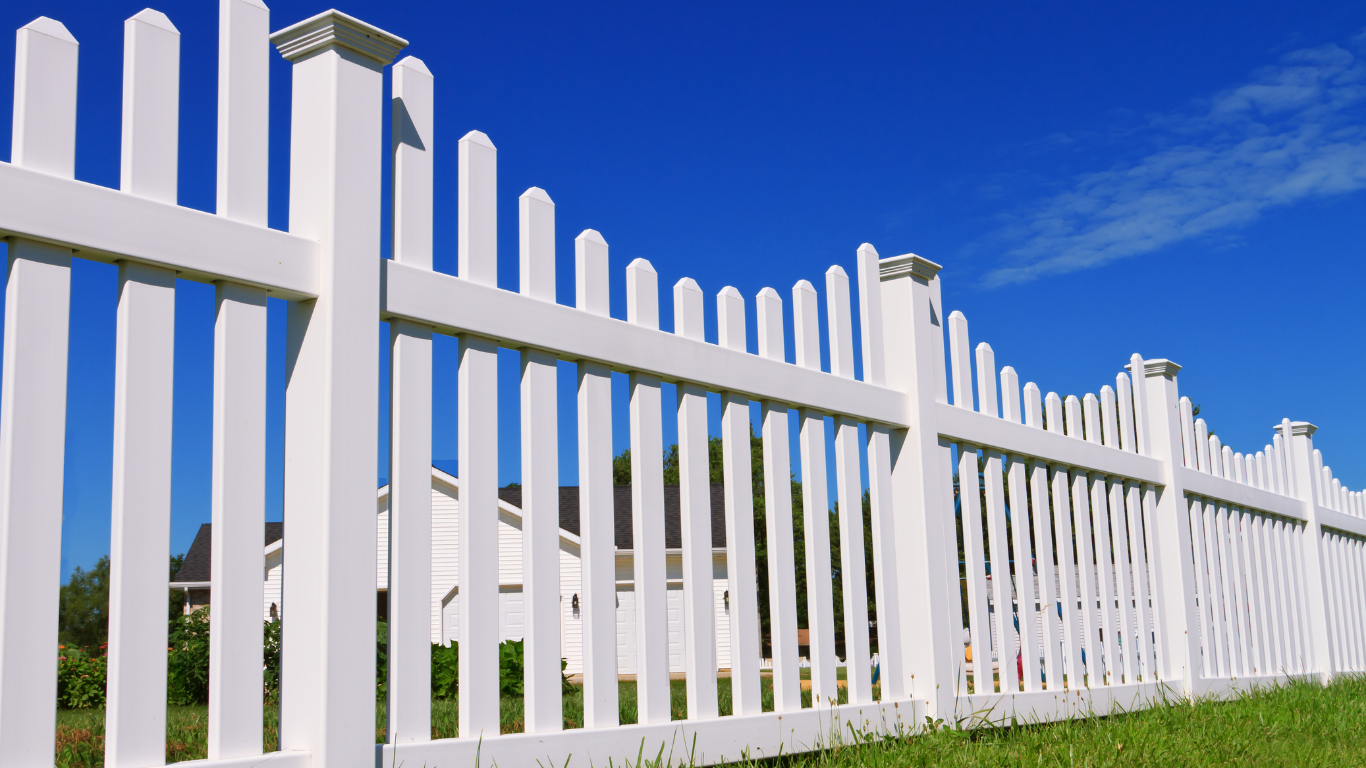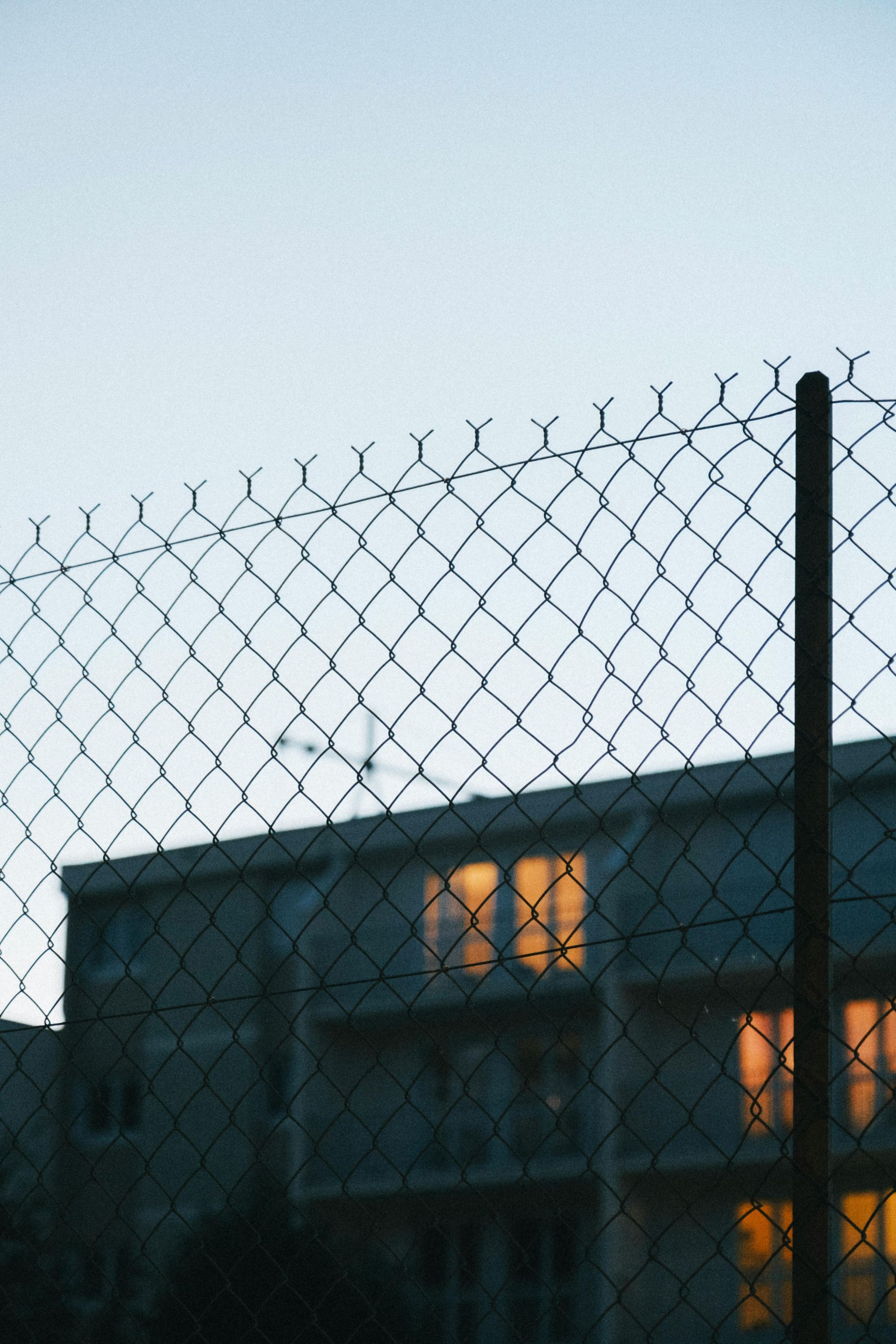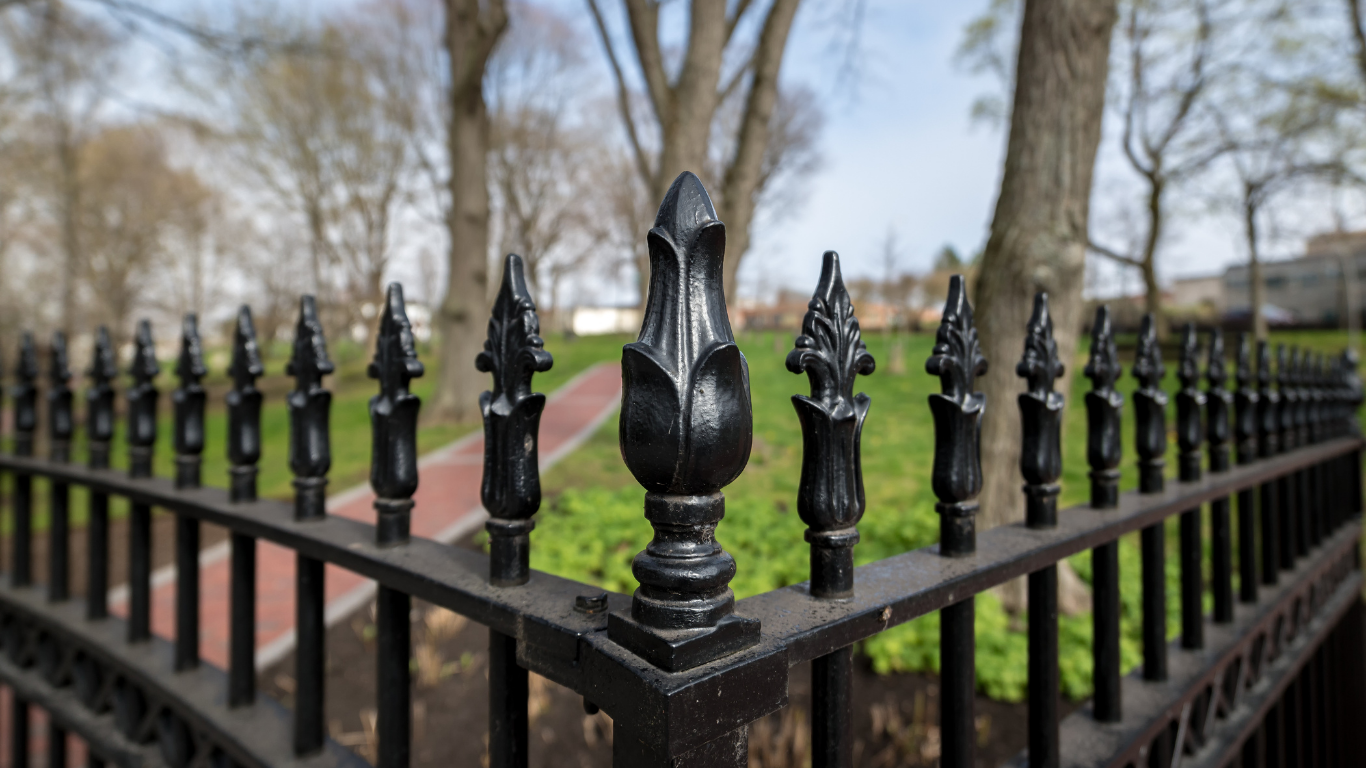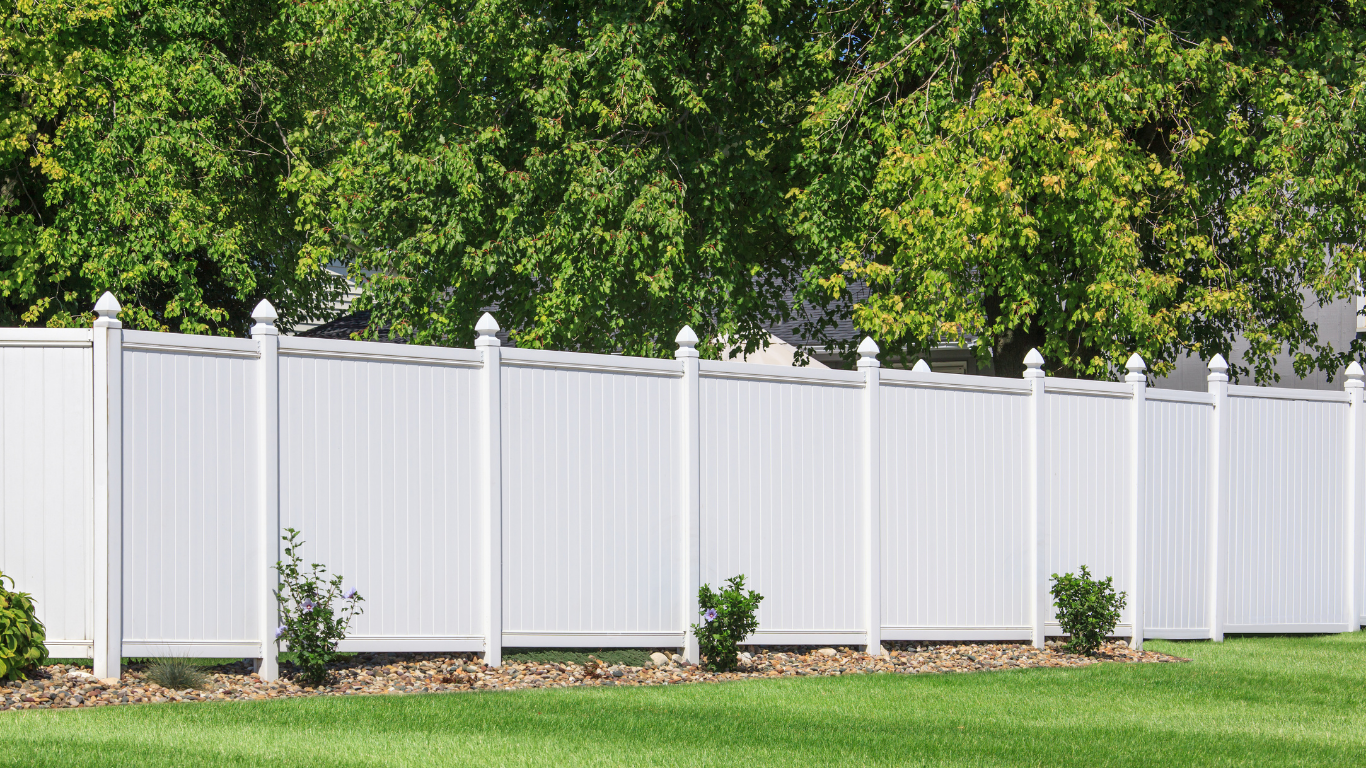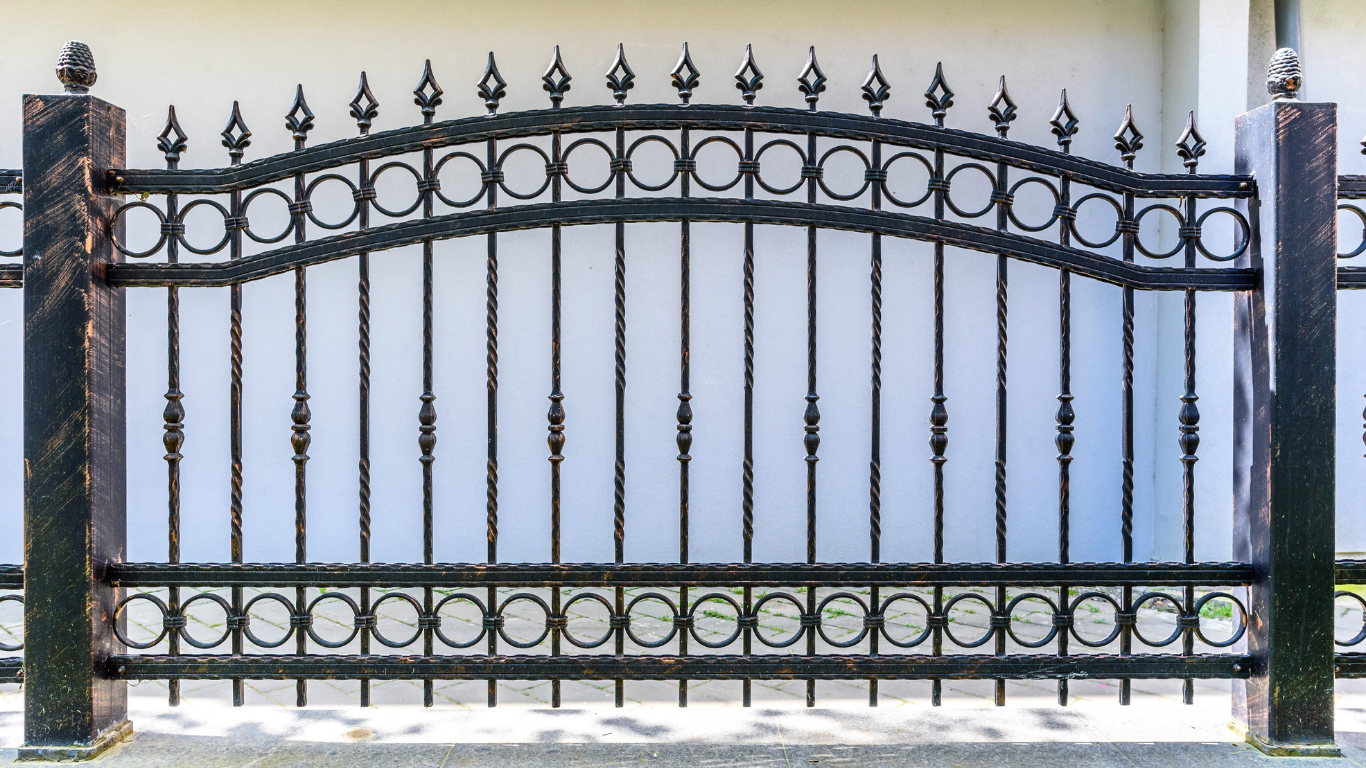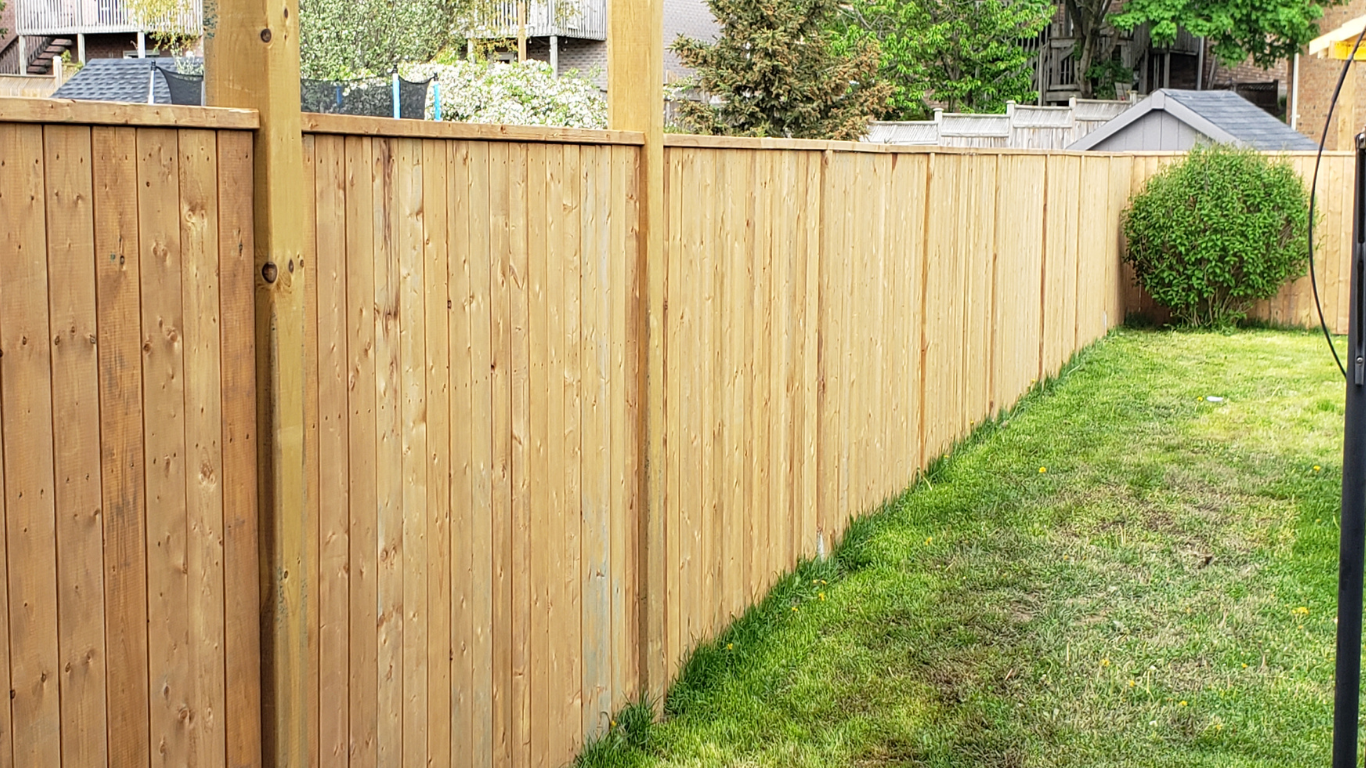How to Choose the Right Fence for Your Residential Property
1. Determine the Purpose of Your Fence
When it comes to enhancing the beauty, privacy, and security of your residential property, one of the first and most impactful decisions you'll make is choosing the right fence. A well-chosen fence can transform your yard, provide much-needed privacy, boost curb appeal, and increase property value. But with so many options available, how do you choose the perfect one for your needs?
We’ll walk you through the factors you should consider when selecting a fence, from its purpose and material to budget and style, helping you make an informed decision that will suit your home for years to come.
Before you dive into materials, styles, and costs, it's important to first define the purpose of your fence. Understanding why you need a fence will help narrow down your options and ensure you choose the best solution for your specific requirements.
Privacy and Security
If your primary goal is to enhance privacy or security, you’ll want to focus on fences that offer solid barriers with limited visibility. A privacy fence typically features full panels with little to no gaps, making it an excellent choice for providing seclusion from neighbors or street traffic. Wood fences, vinyl fences, and composite fences are often chosen for their ability to provide a high level of privacy.
For security purposes, fences that are difficult to climb or breach are essential. Iron, aluminum, and steel fences are great options, especially if you plan to pair them with a security system like cameras or motion sensors.
Aesthetic Appeal
In some cases, a fence is primarily about enhancing the look of your property rather than serving a functional purpose. Whether you want to define your garden, add a decorative element to your front yard, or simply frame your property, aesthetic options are crucial.
Fences made from wrought iron, aluminum, and wood can elevate the appearance of your home, providing both beauty and structure. Choose a fence style that complements the architectural style of your home and fits the overall landscaping.
Pet and Child Safety
If you have children or pets, safety will likely be one of your main concerns. A good fence can provide a secure boundary, keeping pets and children safe while they play outside. You’ll need to ensure that the fence is tall enough and constructed in a way that it’s difficult for pets to escape or for small children to slip through gaps.
A wood fence, vinyl fence, or chain-link fence with small mesh can provide excellent security for pets, while also preventing children from running out into the street. Be sure to choose a material and style that will provide a reliable barrier.
2. Choose the Right Material for Your Fence
Once you've determined the purpose of your fence, the next step is choosing the right material. Each fencing material comes with its unique advantages and disadvantages. Here’s a rundown of the most popular options to help guide your decision:
Wood Fencing
Wood is one of the most classic and versatile fencing materials available. It provides a natural aesthetic that blends well with most landscapes. Cedar, redwood, and pine are common choices, each offering its own benefits.
Pros:
- Timeless, rustic look
- Can be customized in different styles, such as picket, privacy, or board-on-board
- Relatively affordable compared to other materials
Cons:
- Requires regular maintenance (staining, sealing) to prevent rot and weathering
- Can be prone to insect damage if not properly treated
Best for: Privacy, aesthetics, and defining property boundaries.
Vinyl Fencing
Vinyl fences are a low-maintenance alternative to wood. They are made from PVC and come in a variety of styles and colors.
Pros:
- Extremely durable and long-lasting (can withstand harsh weather conditions)
- Low maintenance – won’t warp, rot, or need painting
- Available in a wide variety of styles and colors
Cons:
- Can be more expensive upfront compared to wood or chain-link
- Can become brittle in extremely cold climates
Best for: Long-term durability, low maintenance, and a modern look.
Iron Fencing
Iron fencing (both wrought iron and steel) is known for its strength and elegant appearance. It provides a high level of security and is often used for both residential and commercial properties.
Pros:
- Very durable and long-lasting
- Offers high security, especially with spikes or pointed tops
- Can be customized with ornamental designs
Cons:
- Expensive upfront cost
- Requires periodic maintenance to prevent rust (especially if exposed to moisture)
Best for: Security, durability, and an elegant look.
Aluminum Fencing
Aluminum fences are similar to iron fences in terms of security and appearance but are much lighter and more affordable.
Pros:
- Lightweight and resistant to rust and corrosion
- Low maintenance
- Available in a variety of styles
Cons:
- Not as strong as iron
- Less customizable compared to wood or iron
Best for: Security, low maintenance, and a modern look.
Chain-Link Fencing
Chain-link fences are a common choice for homeowners looking for a simple, budget-friendly solution. They are made from galvanized steel wire and are often used for perimeter fencing.
Pros:
- Affordable
- Easy to install and maintain
- Durable and long-lasting
Cons:
- Doesn’t provide much privacy unless combined with slats or privacy screens
- Less aesthetically pleasing than other options
Best for: Budget-friendly security, pet containment, and property boundary marking.
Composite Fencing
Composite fences are made from a combination of wood fibers and plastic. These fences offer the look of wood with the durability and low maintenance of vinyl.
Pros:
- Low maintenance
- Resistant to rot, insects, and weathering
- Provides the appearance of wood without the upkeep
Cons:
- More expensive than vinyl or wood
- Can fade over time if exposed to direct sunlight
Best for: A natural look with minimal maintenance.
3. Consider the Style of Your Fence
Choosing the right fence style is just as important as selecting the material. The style of your fence should match your home’s aesthetic and meet your functional needs. Here are some of the most common fence styles:
Picket Fencing
Picket fences are often associated with a classic, charming aesthetic. They are typically low and feature evenly spaced vertical boards.
Best for: Front yards, creating an inviting and quaint atmosphere.
Privacy Fencing
Privacy fences are tall fences with solid panels, providing complete seclusion from neighbors or the street.
Best for: Backyard seclusion, noise reduction, and security.
Ranch or Farm Fencing
If you have a large property, a ranch-style or farm fence can help define boundaries while maintaining an open, rustic feel. These are usually made from wood or wire.
Best for: Large properties, farms, or homes with expansive lawns.
Shadowbox Fencing
Shadowbox fences provide partial privacy while still allowing light and airflow. They alternate pickets on either side of the frame to create a "shadowbox" effect.
Best for: A balance of privacy and aesthetic appeal.
4. Set a Budget
The cost of a fence can vary significantly based on the material, size, and complexity of the installation. It’s essential to establish a budget before you begin, as this will help you make informed decisions about which materials and styles are within your price range.
Factors That Impact Cost:
- Material: Wood and chain-link tend to be the most affordable, while iron and vinyl can be more expensive.
- Length of the Fence: Larger properties will require more fencing, leading to higher costs.
- Labor: Professional installation is typically more expensive than DIY installation, but it ensures a higher-quality, durable fence.
It’s a good idea to get quotes from multiple contractors and compare prices. Be sure to factor in additional costs like permits, installation fees, and long-term maintenance.
5. Check Local Regulations and Permits
Before you start building your fence, it’s essential to check with your local government about any zoning regulations or permits required. Some areas have restrictions on the height, style, and location of fences, so it’s important to make sure your fence complies with local codes. Failing to obtain the necessary permits can result in fines or the need to remove or replace your fence.
Find the Perfect Fence for Your Home
Choosing the right fence for your residential property can significantly enhance its curb appeal, security, and functionality. By considering the purpose of the fence, selecting the right material, choosing a style that complements your home, and staying within budget, you’ll be able to make an informed decision that serves you for years to come.
Whether you’re looking for privacy, security, or simply a stylish way to define your property, the right fence can make a world of difference. Need help with the installation or choosing the best fence for your property? Aztec Fence is here to guide you through every step of the process. Contact us today for a consultation!
